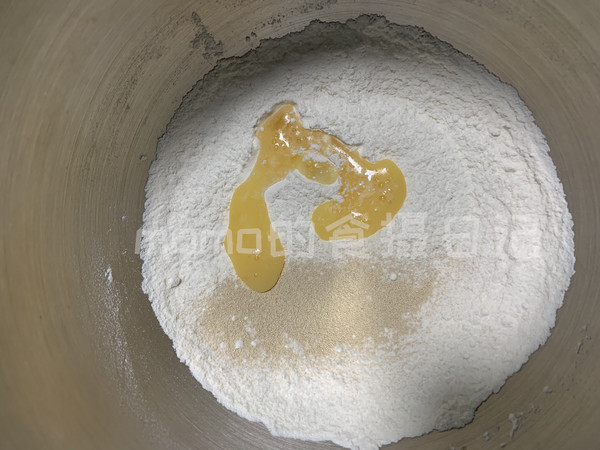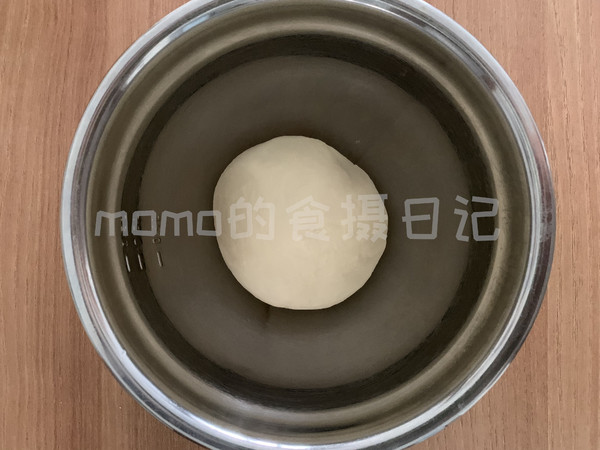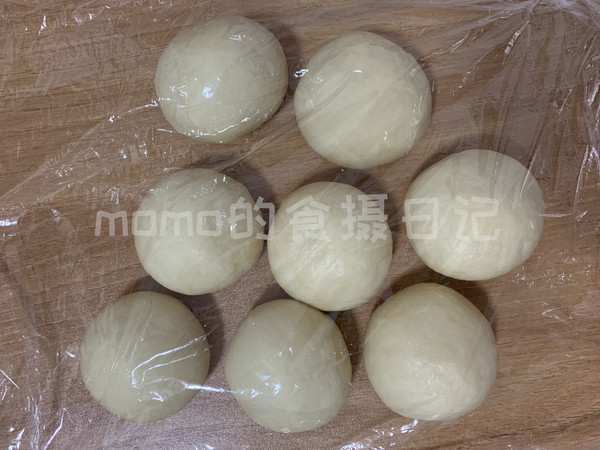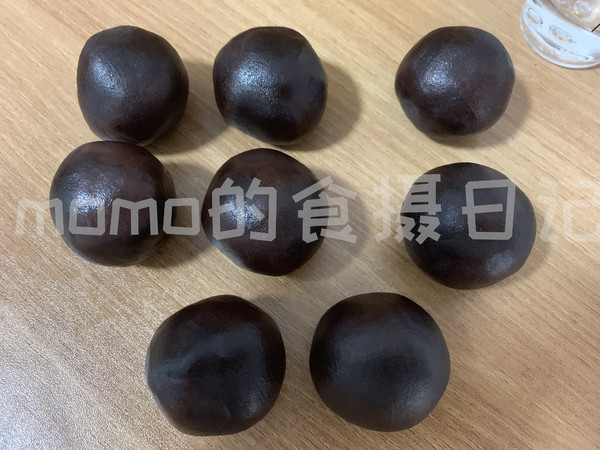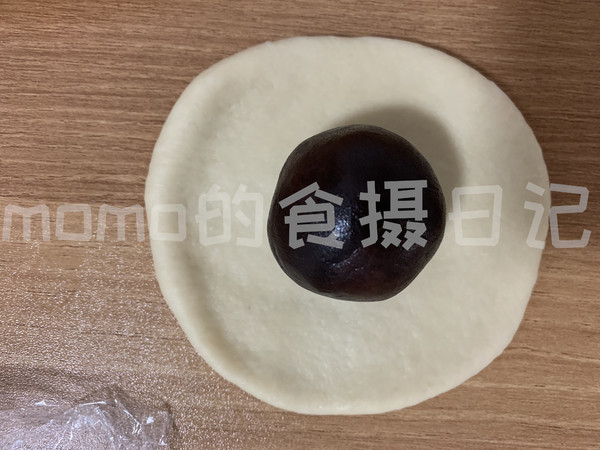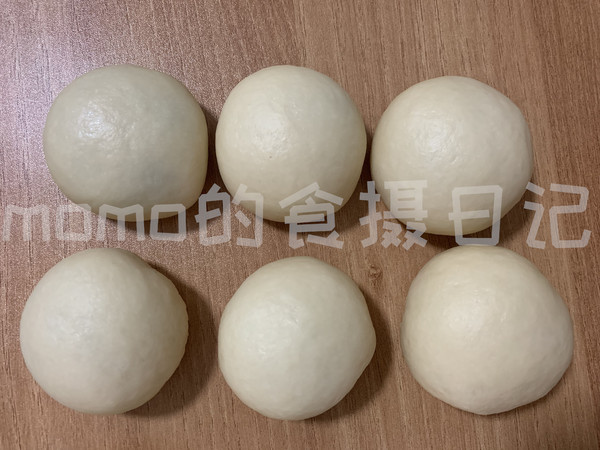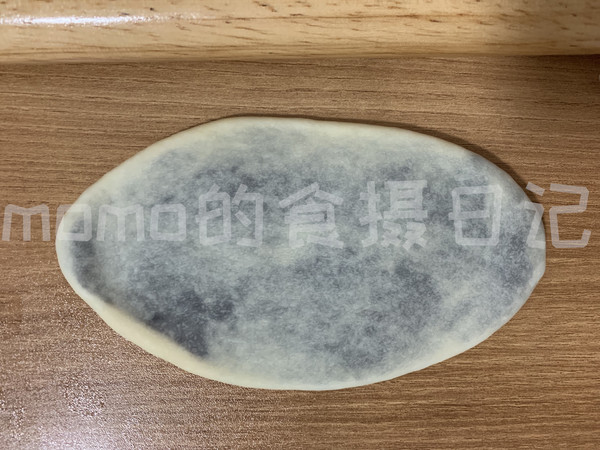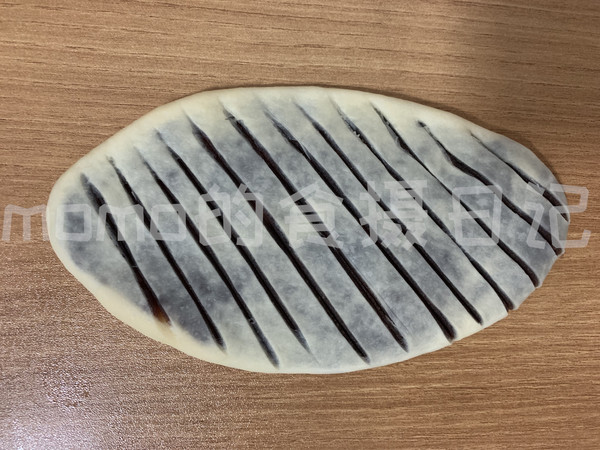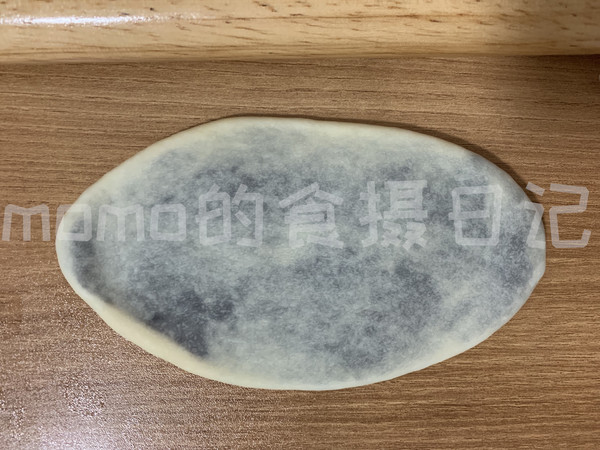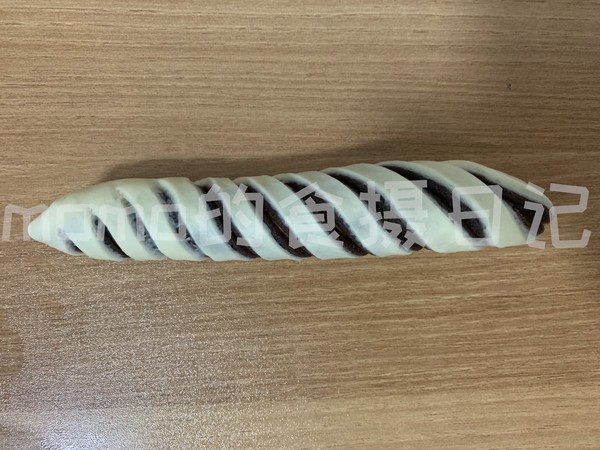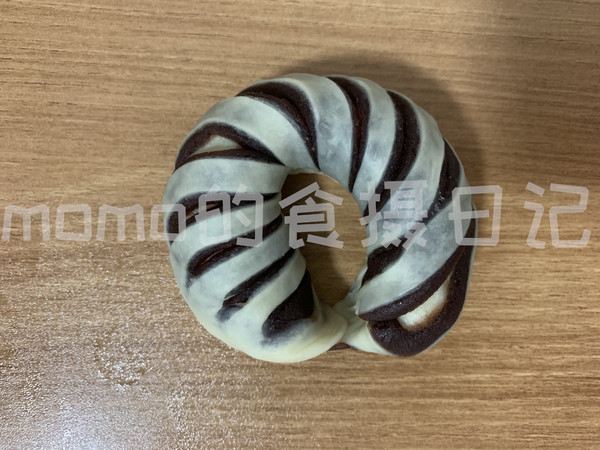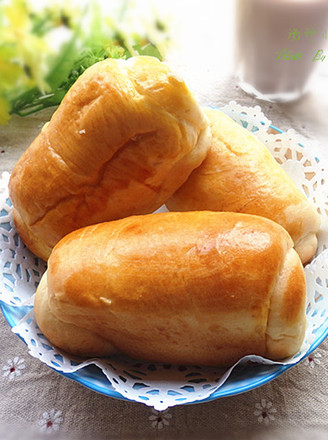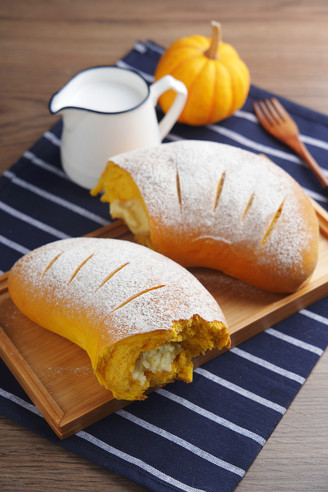Bean Paste Roll
1.
Put high-gluten flour, milk powder, whole egg liquid, salt, sugar, and yeast into the mixing bucket.
2.
Add milk and knead into a ball, then add butter and knead until it is complete.
3.
Cover with plastic wrap and ferment at room temperature to 1.5 to 2 times the size.
4.
Take out the dough and vent, divide it into 8 equal parts, round, cover with plastic wrap and proof at room temperature for 15 minutes
5.
Divide the red bean paste into 8 portions and weigh them, each 35 grams.
6.
Take a dough, squeeze it, and roll it into the shape shown in the picture with a rolling station.
7.
Add the bean paste filling.
8.
Squeeze the bag tightly and close it downward.
9.
Then use a rolling pin to roll it into an oval shape.
10.
Make even cuts on the surface of the dough, just cut the upper layer, not the bottom layer. Otherwise the red bean paste will leak out.
11.
Turn the dough upside down and roll it up from the side.
12.
Roll into a long strip.
13.
Then roll up from both ends of the head and tail to the middle, pinch tightly at the closing position, after all, it opened during the second fermentation.
14.
Put it in an oven to ferment, and ferment in an environment with a temperature of 38 degrees and a humidity of 75 degrees to 1.5 times the size. (A cup of hot water is placed next to increase the humidity)
15.
After the fermentation is complete, take out the brushed egg liquid, put it into the middle layer of the preheated 180 degree oven, raise the heat to 180 degrees, lower the heat to 165 degrees, and bake for about 20 minutes.

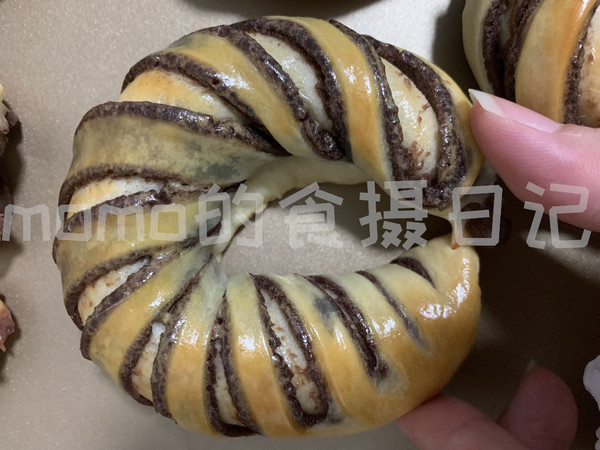
Tips:
1. When baking, the temperature habits of each oven are different, so please pay attention to the temperature of your own oven to adjust. In addition, when the coloring is slightly satisfactory, cover with tin foil in time to prevent burning.
2. There are also different water absorption capacity of different flours. When kneading the dough, do not pour milk in at one time. You can first increase to 2/3 and then increase slowly. If the water is not enough, you can increase it appropriately. If the moisture is enough, you don't need to add it. Everyone adjusts according to the actual situation.
3. It is normal to see that the dough is sticky when kneading the dough, because the water content of this formula is relatively large, the dough will not stick when kneaded in place.


